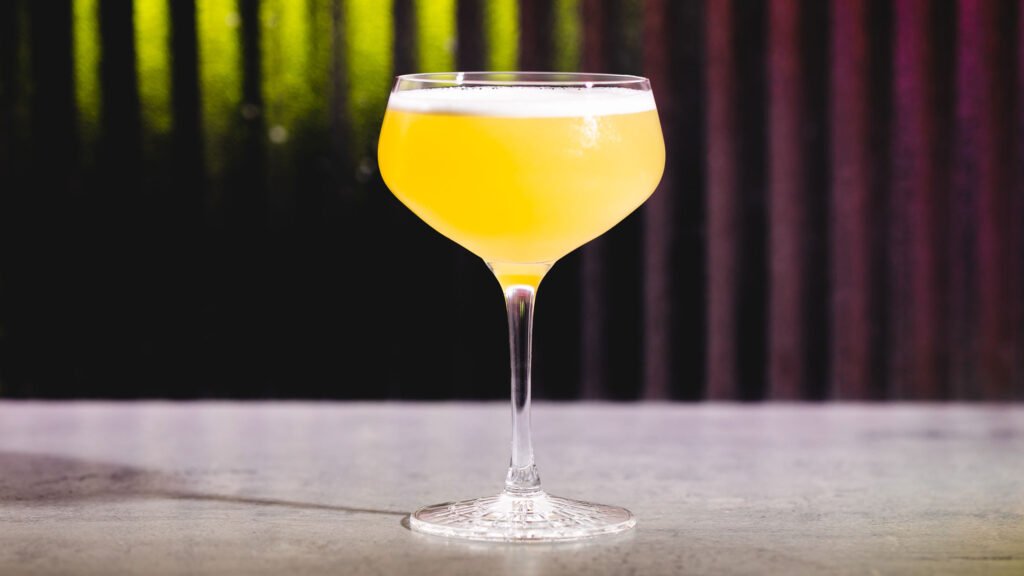[ad_1]
The struggle was a few miles away. As drones buzzed and missiles screamed over the winery within the 1,200-year-old village of Togh, winemaker Andranik Manvelyan had just one thought: He wanted to ensure his grapes had been prepared for harvest.
It was October 2020, and the Second Nagorno-Karabakh Warfare had simply erupted. “We had been working below shells and bombs. Once I give it some thought now, it’s absurd. How may I keep there?” Manvelyan remembers, shaking his head. “All you might see had been explosions. It was just like the film The Terminator.” Then, as if to lighten the burden of his phrases, he laughs.
I look at his boss, Grigori Avetissyan, who’s holding a tulip glass between calloused fingers, a realizing grin breaking on his face. Avetissyan is the founding father of Kataro, the vineyard that put Nagorno-Karabakh—the 1,700-square-mile area Armenians name Artsakh—on the map. Since 2019, Manvelyan has been his right-hand man.
Barely a yr in the past, Avetissyan had the whole lot to lose: his grapes, his livelihood, his homeland. Giving up was by no means an possibility. After Azerbaijan seized management of Nagorno-Karabakh in 2023, Avetissyan bribed Russian peacekeepers to entry his nursery within the occupied village of Hadrut. There, he gathered 1,000 khndoghni grapevines—the indigenous grape that grows virtually solely within the area and earned Kataro its repute for excellence—and smuggled them to Yerevan, Armenia’s capital, utilizing the peacekeepers’ vehicles.
“Did I give them cash? The Russians took one have a look at my lovely eyes and let me proper in,” says Avetissyan, and Manvelyan laughs so arduous I concern he would possibly choke on his rosé.
“You’re going to assume, These persons are loopy. We’re speaking a couple of very unhappy matter, and so they’re laughing,” Avetissyan says.
When you possibly can’t think about something however urgent ahead, what else are you able to do?
“Laughter lets you survive,” Manvelyan says.

Within the fashionable wine renaissance, reviving forgotten grapes has turn into an act of reclamation. From Croatia’s tribidrag to Catalonia’s querol, winemakers worldwide have more and more replanted historic varieties in a aware effort to revive histories, traditions and terroirs. Few, nevertheless, have confronted stakes as excessive as Avetissyan and Manvelyan.
Avetissyan based Kataro in 2010. The label catapulted khndoghni grapes—that are deep blue and yield a velvety pink wine with darkish berry notes—into the winemaking lexicon. However khndoghni isn’t simply any wine. It’s Artsakh’s wine. And nobody makes it higher than Kataro.
“Once we’re speaking about Armenian wine, should you say Artsakh, we perceive you imply Kataro. In case you say Kataro, we perceive you imply Artsakh,” says Arpi Yeganyan, a tour operator in Yerevan who focuses on wine excursions. Kataro was the primary to label and distribute bottles internationally utilizing the Armenian identify “Artsakh” as a substitute of the Azerbaijani “Nagorno-Karabakh”—a profoundly political branding alternative.
After the Second Nagorno-Karabakh Warfare, this heritage was practically misplaced. By 2023, greater than 100,000 Armenians had been displaced from Artsakh. Lower than 150 miles away, in Yerevan, Kataro turned an emblem of what was misplaced. Bottles flew off the cabinets at In Vino, town’s first wine bar.
“Prospects purchased all of the wines from Artsakh as a result of they wished to have a reminiscence to maintain. Most didn’t even drink them. They saved them like collectibles,” says In Vino co-founder Mariam Saghatelyan, an Armenian American sommelier.
Right now, Kataro is the one certainly one of Artsakh’s 15 established wineries that has restarted manufacturing—now at a brand new facility in Dzoraghbyur, simply exterior Yerevan. Whereas it may not be wine from Avetissyan’s Artsakh terroir, it’s nonetheless Artsakh wine by and thru. Kataro bears the identify of a treasured fourth-century monastery in Hadrut. On the partitions of the brand new vineyard, an Artsakhian artist is portray the identical patterned mural that when embellished the outdated one in Togh. And the smuggled khndoghni vines are rising once more.

This isn’t the primary time that Armenia’s winemaking has been formed by wrestle and perseverance. People have lived in its highlands, hills and valleys for hundreds of years. Then got here the Soviet period. Positioned below Azerbaijani management regardless of being predominantly Armenian, Nagorno-Karabakh turned the Soviet Union’s largest producer of grapes—however most had been exported to different areas or used to make brandy.
Over the previous decade, Armenian wine has roared again to life. When In Vino opened in 2012, Saghatelyan says there have been “perhaps 10 drinkable Armenian wines.” Now, she shares a whole lot, together with Artsakh khndoghni wines. Even when he gained’t say it, credit score for the area’s resurgence belongs to Avetissyan, who established the Artsakh Wine Affiliation, based the Artsakh Wine Pageant and proudly championed his homeland and its native grape.
Till 2020, the Artsakh Wine Pageant introduced tourism to a spot the place none existed. 1000’s of individuals made the rugged five-hour drive from Stepanakert, the area’s de facto capital, to Togh. “It’s due to Grigori,” says Zaruhi Muradyan, government director of the Vine & Wine Basis of Armenia.
When Armenia misplaced Artsakh in 2023, Avetissyan recommended utilizing Kataro’s new amenities in Dzoraghbyur to arrange a cooperative, the place displaced winemakers may restart manufacturing and rebuild their lives. “Many [couldn’t] even give it some thought but, as a result of [the war and loss] had been so anxious,” says Muradyan, her voice cracking as she considers Avetissyan’s readiness to assist. “He advised me, That is life. Something can occur. We should be prepared for no matter challenges come our manner.”
Right now, Manvelyan’s khndoghni grapes—among the many few that also belong to Armenia—are a couple of yr outdated. He says he’s nonetheless two years away from with the ability to make wine from them.
When the subsequent Kataro khndoghni is launched, it gained’t be the identical wine. The grapes have additionally been displaced. The terroir is totally different. However even when the soil, elevation and local weather aren’t fairly proper, Avetissyan and Manvelyan will probably do what they at all times do: snicker it off and get again to work.
“It’s not concerning the wine,” says Manvelyan. “It’s concerning the feelings that can be within the bottle.”
[ad_2]


